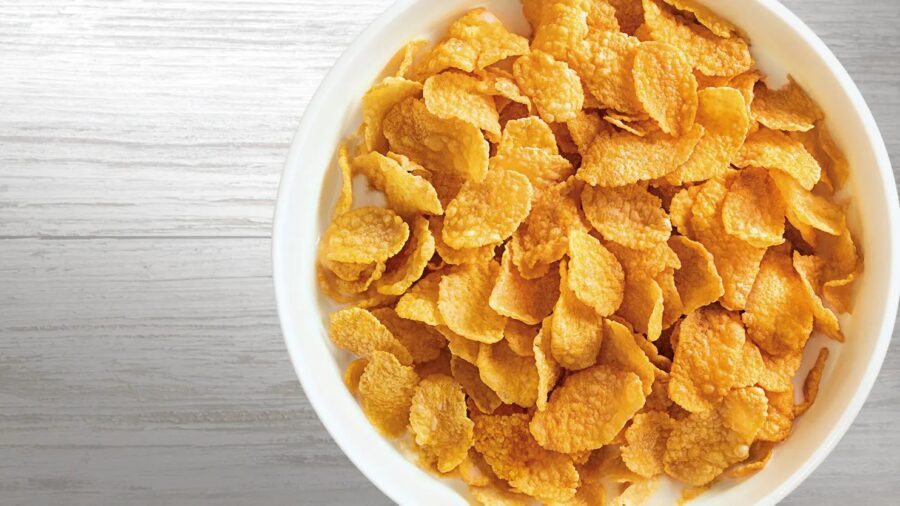Scientists Prove Breakfast Cereal Is 6,000 Years Old
Scientists have uncovered shards of pottery that have determined breakfast cereal was eaten some 6,000 years ago.
The first instance of breakfast cereal dates back to 1863 when Granula was created by Dr. James Caleb Jackson. This process was meant to be an experiment in treating ailments, but the tough nature of the cereal led many to not want anything to do with attempting to eat it. This did lead to one of the biggest cereal manufacturers starting, John Harvey Kellogg. However, new data gathered by scientists states that part of the Neolithic (New Stone Age) British diet was cereal. This would mean that cereal was being eaten some 6,000 years ago.
Archaeologists found pottery in Scotland that dates back thousands of years, and they decided to test to see if elements of breakfast cereal could be found. Professor Simon Hammann of Friedrich-Alexander-Universitä tested shards of pottery using gas chromatography and high-resolution mass spectrometry. This led to the discovery that milk and wheat were used together and were a part of the diet of the Neolithic period humans. That is quite fascinating. The remains of wheat were discovered on the shards of pottery, likely being a form of porridge that was consumed some 6,000 years ago. Though scientists cannot determine when this porridge had been consumed, they theorize that a version of gruel was likely consumed for breakfast, lunch, and dinner.
Gruel is something that has been a mainstay in plenty of historical cultures, but the remnants of milk and wheat on these pottery shards indicate that breakfast cereal was consumed long ago. The Neolithic humans might have created the “breakfast is the most important meal of the day” saying without even knowing it. Milk might not have been part of the diet of all the surrounding cultures, but it was certainly found to be used in this wheat-based food in one area in the UK. Most of the shards that were discovered had been pulled from the mud of surrounding lakes. Scientists have concluded they were dropped or fell into the lakes not long after they had been used. It is strange that traces of dairy were essentially burned into the shards of the pottery, especially after they had been in mud and water from the lakes where they had been discovered.

This likely nutritious breakfast cereal meal of wheat and milk likely gave the Neolithic humans the much-needed energy to get through their day. Though this was 6,000 years ago, it took a long time for the first traditional cereal to be made, which was done so by the previously mentioned John Harvey Kellogg. However, Corn Flakes were made for a wild reason. John Kellogg was of puritanical religious leanings, and this led to him creating a foodstuff for his patients that would help them to stop masturbating. He theorized that patients wanting to eat breakfast cereal first thing in the morning would deter them from wanting to pleasure themselves. History is quite odd sometimes.
Clearly, things have changed in the past 6,000 years. We are quite certain that the Niholithic humans were using milk and wheat to give them the nutrition needed to stay alert and on guard for the many dangers that normal life held back then. John Kellogg had his own wild ideas about what breakfast cereal was meant for.












